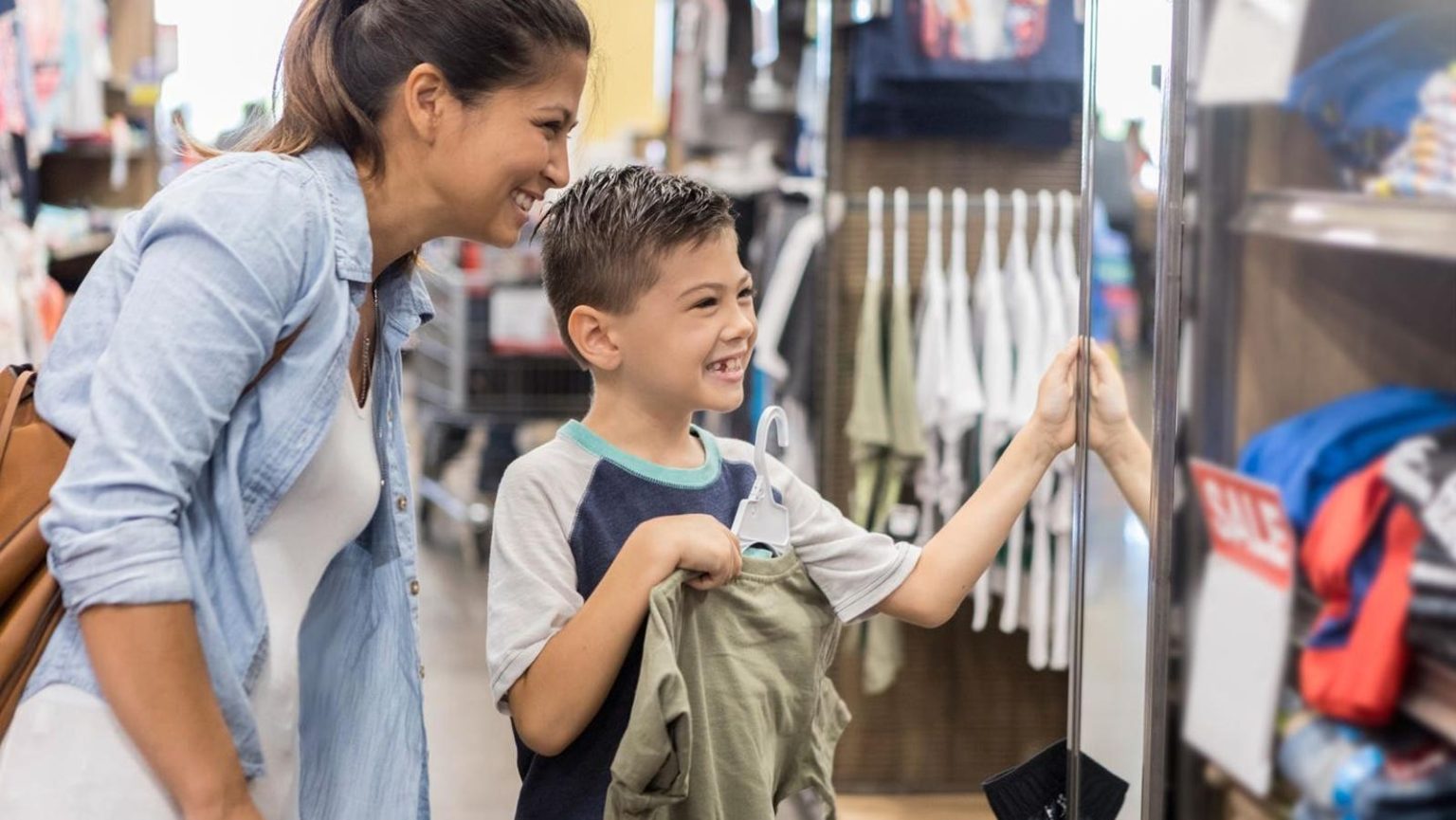As students wrap up their summer activities and prepare to hit the books again, parents across the country are gearing up for the annual back-to-school shopping spree. This year, retail property managers have a golden opportunity to capitalize on this seasonal surge by understanding key shopping trends and leveraging them with their retail tenants.
Here are the top 10 takeaways from the latest JLL Back to School Shopping Survey 2024.
1. Inflation won’t hinder spending for majority of shoppers
Despite inflation concerns, parents across all income brackets plan to spend 21.8% more on back-to-school shopping this year. This presents retail owners with an opportunity to partner with their retailers to highlight value-added products and exclusive deals to attract parents who are willing to invest more in their children’s education and extracurriculars.
2. Expect higher budgets among wealthier households
Parents earning over $150,000 plan to increase their spending by 30%. Tailoring marketing efforts to highlight premium stores, products and exclusive offers that cater to higher-income brackets, perhaps through a virtual influencer, can help capture a significant share of the spending surge.
3. Discretionary spending on the rise
Parents are allocating a larger share of their budgets (63.5%) to discretionary products rather than just school-required items. Creating stores-within stores or pop-up stores to promote fashion, electronics, and lifestyle products can attract parents looking to make these discretionary purchases and help capture their dollars on essential school items.
4. Early bird gets the worm
This year, parents started shopping earlier, with a significant number (75%) kicking off their back-to-school shopping as early as May. Owners should partner with retailers to plan and advertise early promotions. Meanwhile, retailers should stock up on popular items to meet this early demand, while also maintaining inventory for late shoppers.
5. Physical stores remain in demand
The majority of parents (70%) plan to use two or more methods to get their back-to-school shopping done, with 90% planning to visit physical stores. Prepare for their arrival by ensuring the on-site experience is equipped with easy navigation, interactive displays, and efficient customer service both within the store and in common areas. Omnichannel strategies, like Buy Online, Pick Up In Store (BOPIS) and curbside pickup, can also cater to the conveniences that modern shoppers expect. Property managers can help ensure these strategies are seamless for shoppers by working with retailers to increase signage, designate pick-up zones and carve out short-term parking for quick in-store trips.
6. Malls as a preferred shopping destination
More parents are heading to malls for back-to-school shopping, compared to last year. Collaborating with retailers to create back-to-school events, special promotions and engaging activities can help property managers draw families in and encourage extended shopping trips.
7. Increased store visits and spending
Nearly half of all shoppers (45.8%) are likely to visit four stores or more, spending an average of $656. This means increased foot traffic at retail centers and malls. Offering incentives for multiple store visits and creating partnerships with neighboring stores for joint promotions can maximize sales and enhance the overall shopping experience. Attractive food courts and plazas also invite customers in and can also keep them engaged from one spot to the next.
8. Adaptation to economical and sustainable strategies
While sales and deals remain important, there is a growing sustainability trend towards buying fewer products or opting for secondhand items. Retailers can tap into this by offering refurbished or gently used products and bundling items at discounted rates, while property managers can help retailers promote cost-effective and sustainable shopping practices.
9. Diverse shopping preferences
There are significant differences in shopping behaviors based on demographics. For instance, parents of college students will spend more on big ticket items such as electronics and office supplies (roughly $740) than those with K-12 students. Owners and retailers can grab their attention by addressing the specific needs of different shopper groups, such as offering tech bundles for college students or fashionable apparel for younger children.
10. Expanding beyond big box stores
While mass merchandisers remain popular, there’s an increasing preference for specialized stores, especially among high-income parents. Owners can promote specialty stores, such as office supplies, electronics, and home goods through targeted advertising and mall directories to highlight diverse options.
By being aware of the trends and committing to partnering with individual retailers, property owners can capitalize on these trends to significantly boost their back-to-school sales. This will create a memorable shopping experience that keeps parents and students coming back year after year.
Read the full article here





